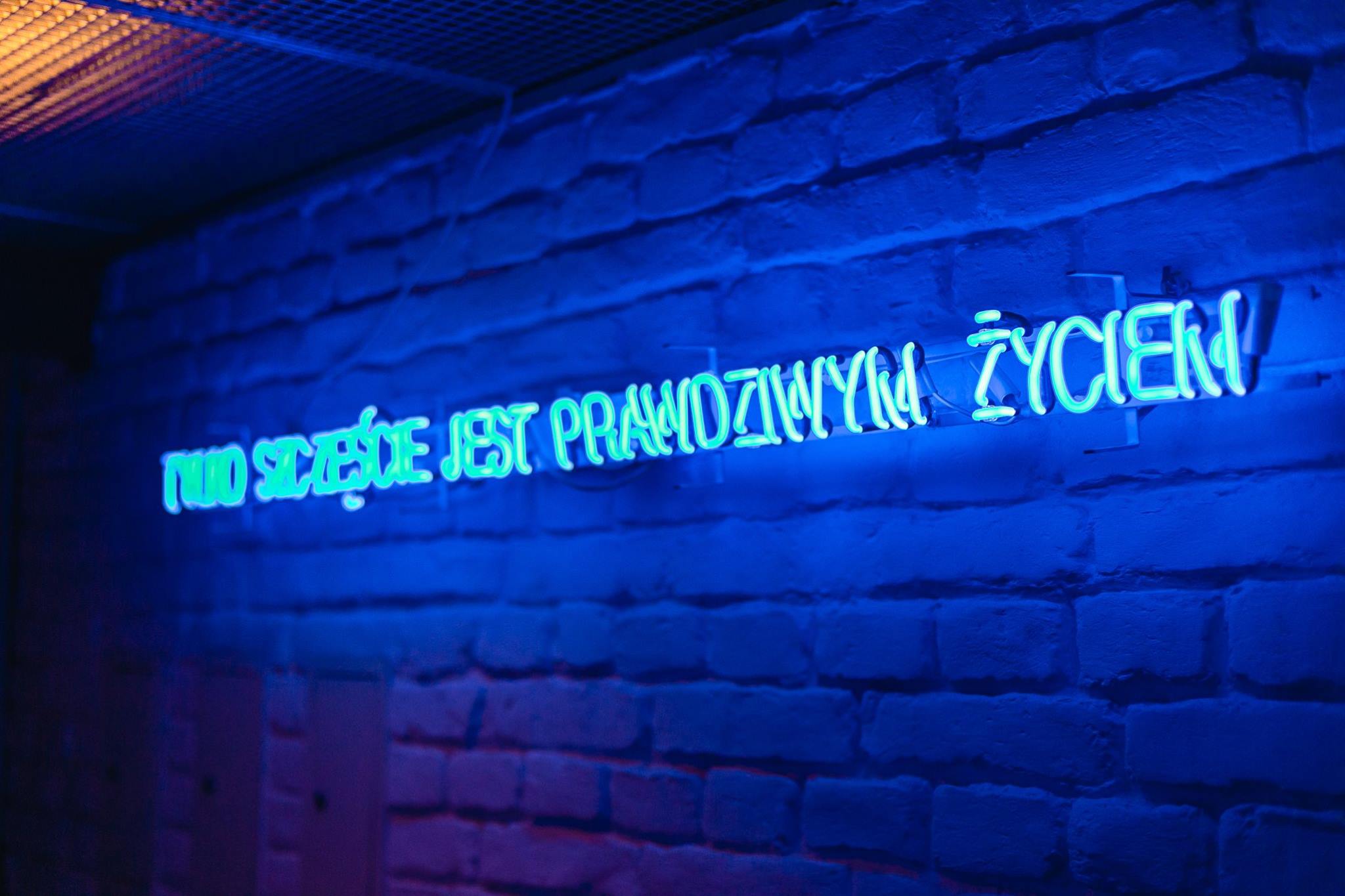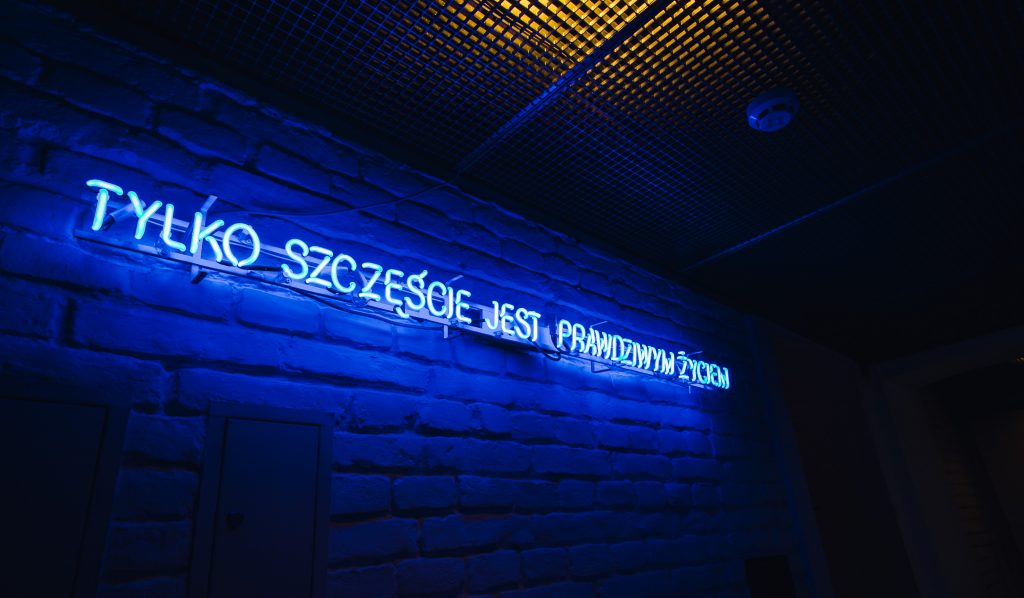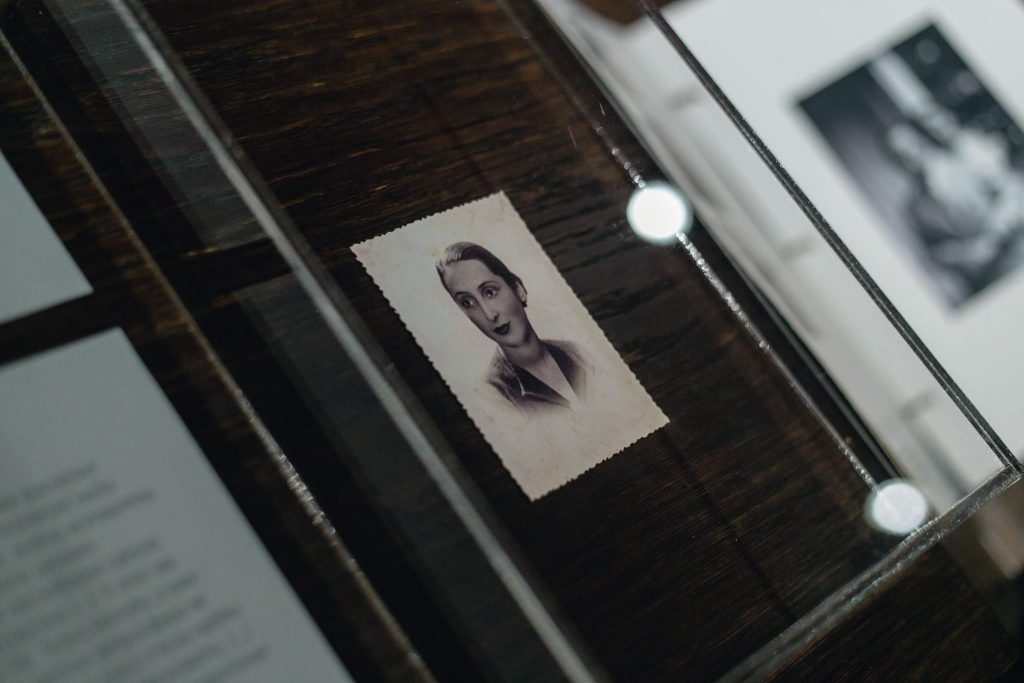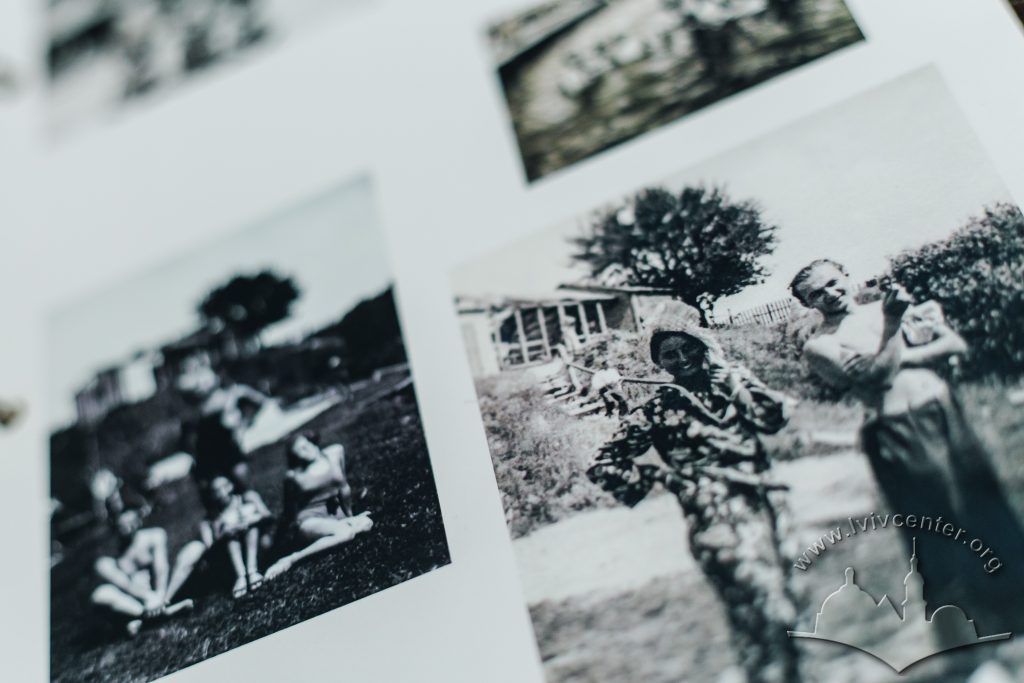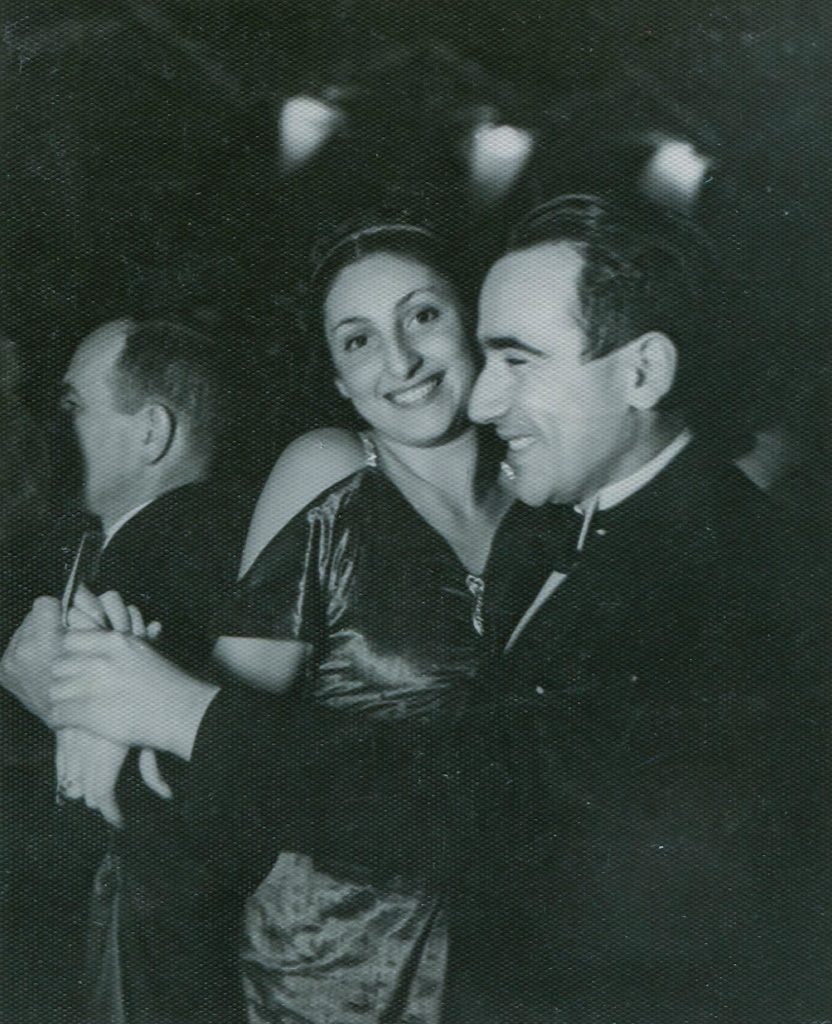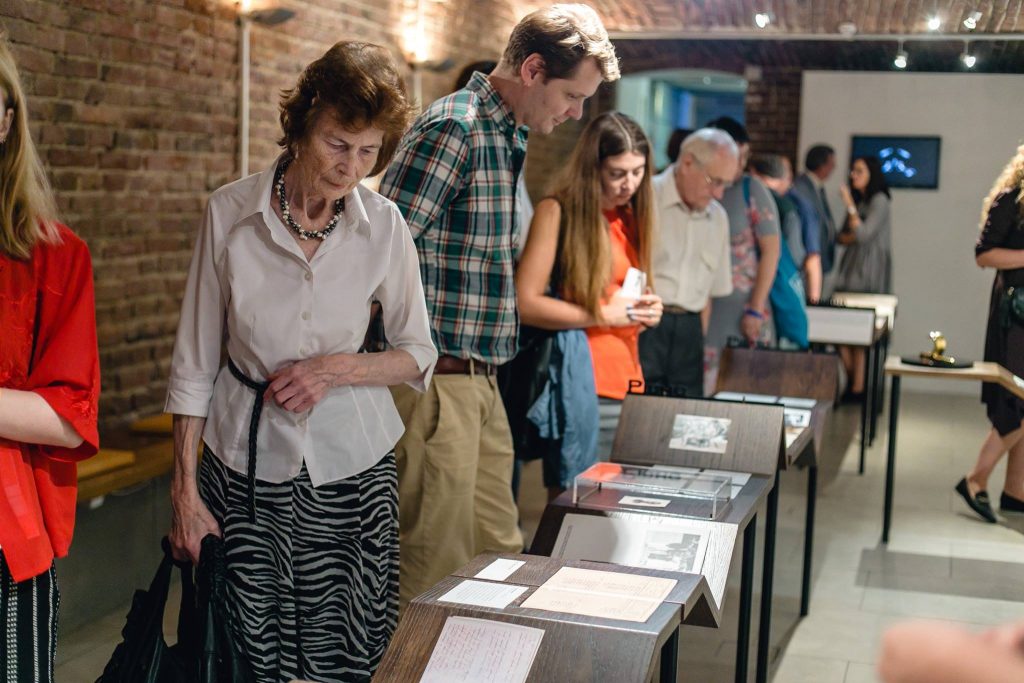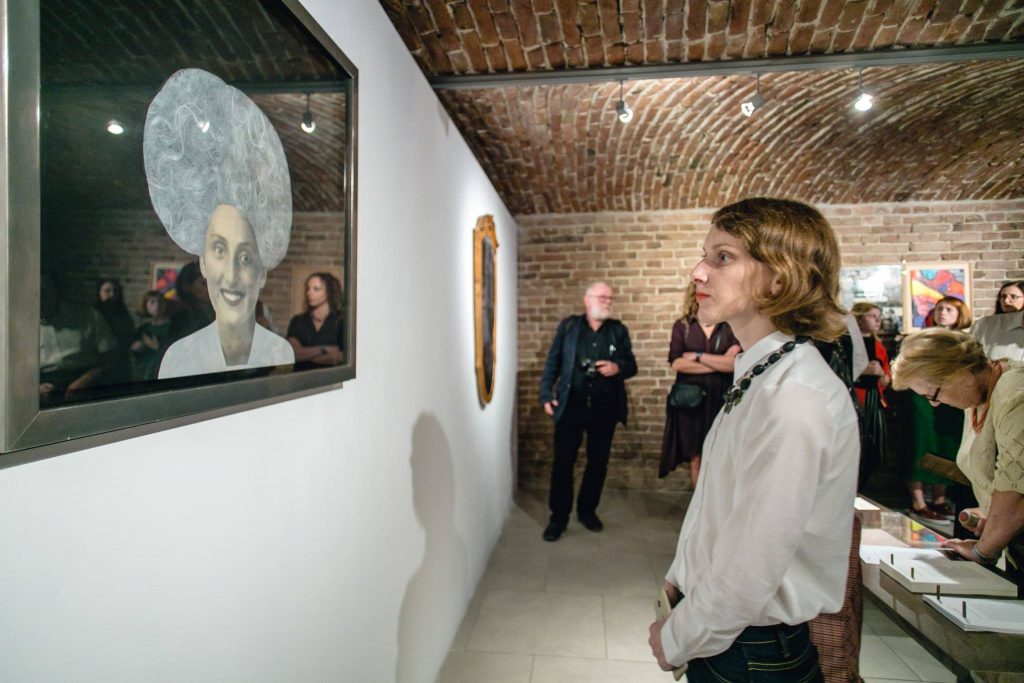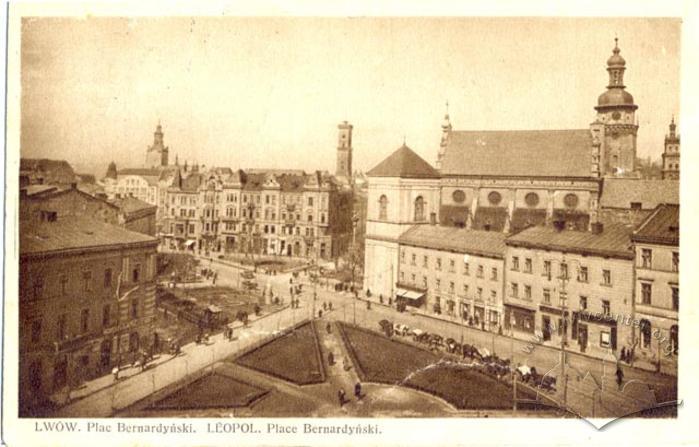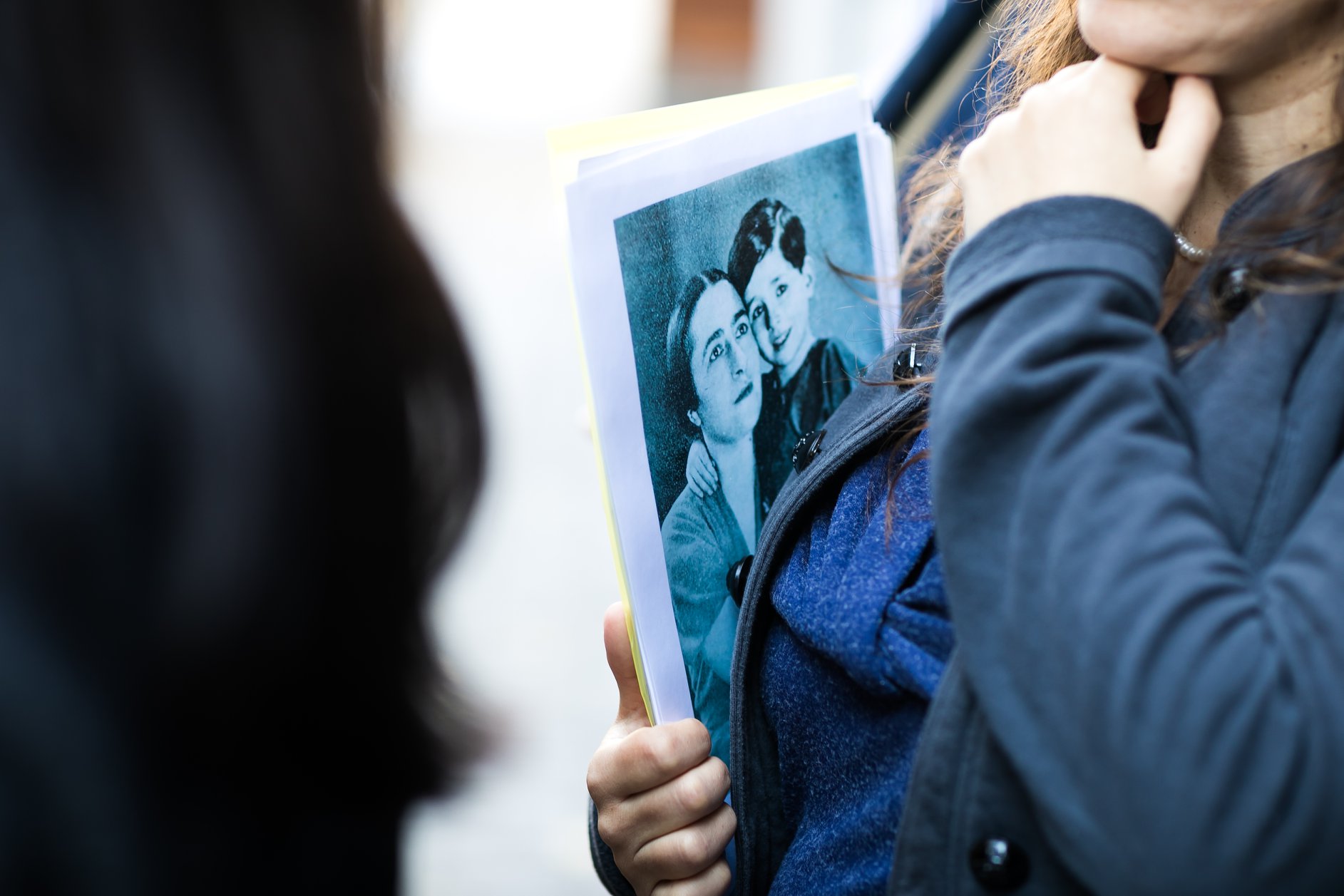Zuzanna Ginczanka. Only Happiness is Real Life
September - December 2018
Exhibition Hall, Center for Urban History
An exhibition is an attempt to depict a personality and creative work of a Polish poetess of Jewish origin, Zuzanna Ginczanka, one of the most talented but underappreciated women authors writing in the interwar period.
An incredible personality and creative work of Zuzanna Ginczanka is represented with archive materials from the collection of Adam Mickiewicz Museum of Literature in Warsaw. They include manuscripts and photographs from Ginczanka’s private albums, as well as modern art pieces metaphorically related to life and work of the poetess selected by the curators of Modern Polish Art Fund.
The exhibition is an attempt to present a poetic world in a language of visual art that combines the domain of images and words.
Zuzanna Ginczanka
born in 1917 in Kyiv. She originates from a family of assimilated Russian Jews. After the Russian Revolution, her family moved from Kyiv to Rivne. Ginczanka learned Polish by herself and chose it as a language for her writings (even though Russian was spoken at home). Her debut came with a poem “Vacation Feast” (1931) in a school paper of a Polish gymnasium in Rivne. In 1934, her poem “Grammar” was awarded at the Contest of Young Poets announced by the newspaper “Literary News.” She studied pedagogy at the Faculty of Humanities in Warsaw University. She was member of the Skamander group. She was friend of Julian Tuwim and Witold Gombrowicz. She was a frequent visitor of a famous coffee shop “Mala Zemianska.” She published her pieces in the magazines “Wiadomosci Literacki” and “Skamander,” and worked with a satirical weekly “Spilki.”
When the Second World War broke out, she fled to Lviv. During the Nazi occupation in Lviv she was denounced by Chominowa, a housekeeper of the house. Ginczanka immortalized her in her work [***] (“Non omnis moriar”). Zuzanna had a narrow escape from arrest. Afterwards, she had to escape from Lviv to Warsaw, and then to Krakow, where she stayed hiding. In the late 1944, she was arrested by gestapo and executed in Krakow in 1944.
In her lifetime, only one collection of her poems came out – “On Centaurs” (1936).
The exhibition will also include a follow-up public program and author’s guided tours.
Artists, who's works are presented at the exhibition: Andrij Bojarov, Hubert Czerepok, Alex Czetwertynski, Monika Drozynska, Maya Gordon, Aneta Grzeszykowska, Zuzanna Herzberg, Dominik Jalowinski, Angelika Markul, Anna Orlikowska, Krystyna Piotrowska, Konrad Pustola, Mikill Skugga, Slavs and Tatars, Maria Stauber.
The exhibition was prepared by:
- Curators: Sarmen Beglarian, Sylwia Szymaniak, Joanna Pogorzelska, Zuzanna Rosinska, Agata Araszkiewicz
- Aleksandr Modzelewski, graphic designer
- Iryna Matsevko, Ostap Slyvynskyi, public program coordinators
- Viktoriia Panas, Anna Rowinska, exhibition coordinators
Organizers: Polish Modern Art Foundation, Adam Mickiewicz Museum of Literature in Warsaw, Center for Urban History
Patronage: Consulate General of the Republic of Poland in Lviv
Partner: Society of Authors ZAiKS, Warsaw
The Adam Mickiewicz Museum of Literature in Warsaw is financed through funding from the Ministry of Culture and National Heritage and the Mazovian Voivodeship Local Government.
Credits
Cover Image: Hubert Czerepok "Only Happiness is Real Life" (2007)
Gallery Image by Bohdan Yemets
